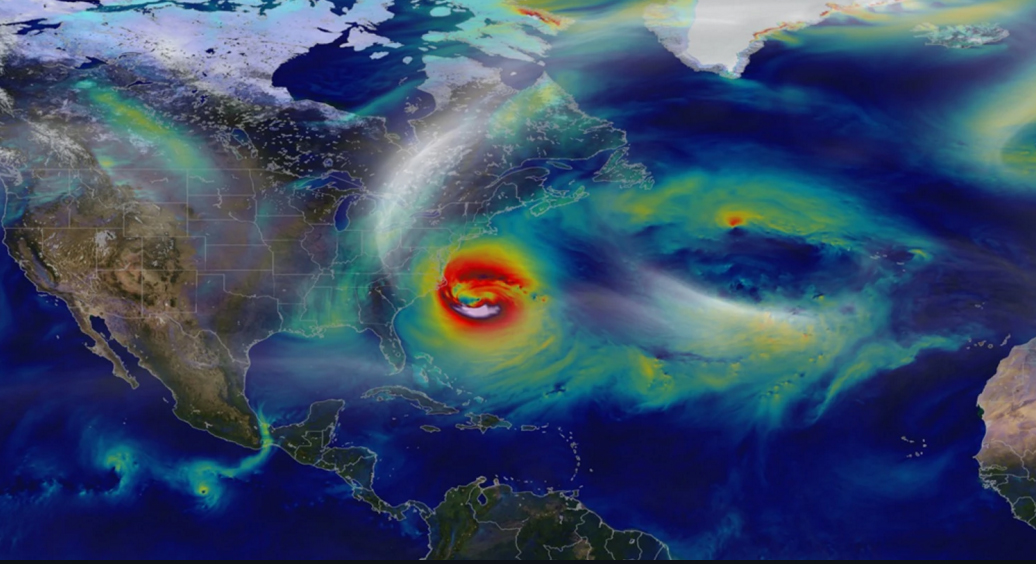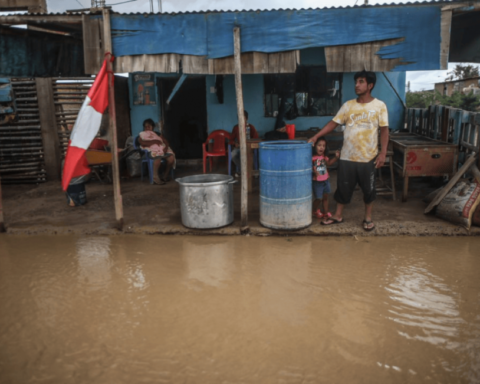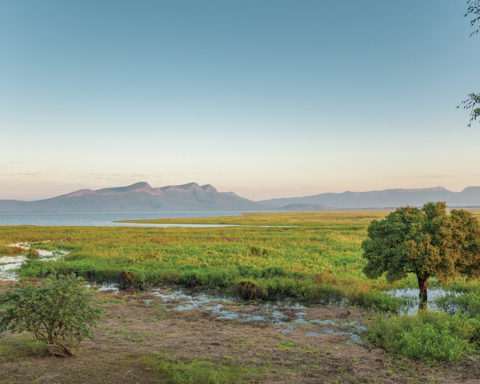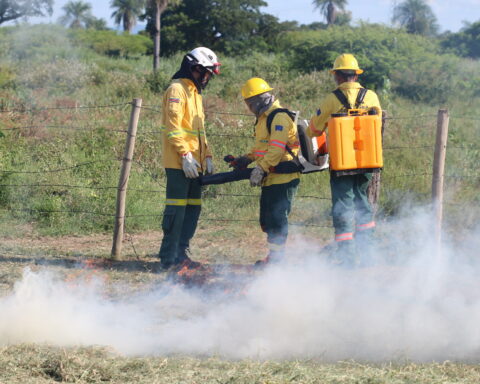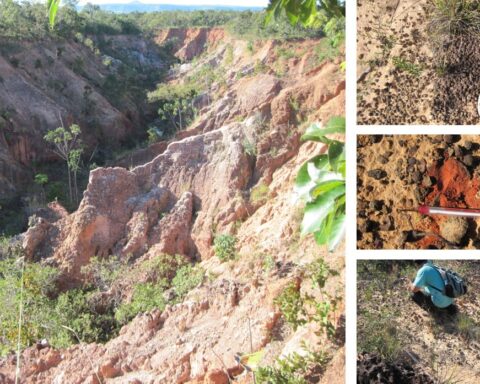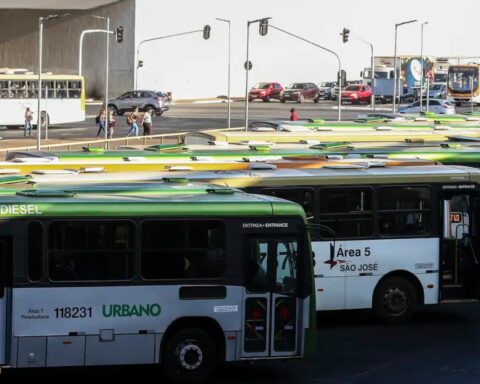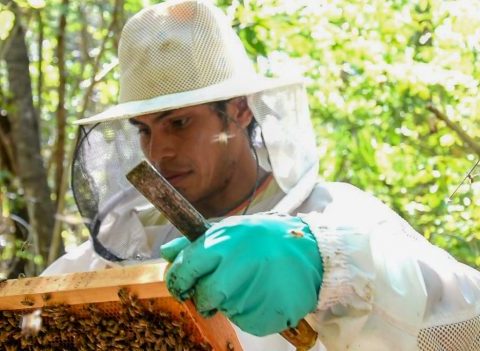Adam Sobel/Washington Post

When a hurricane, flood, heat wave, or other extreme weather event strikes, reporters call scientists like me and ask us what human-induced climate change had to do with this event. Until recently, most of us would say something like this: “Climate change is real. It alters the broader patterns, the statistics of weather. But we can’t attribute any single weather event to climate change.”
We are starting to respond differently. A new area of scientific research, known as “extreme event attribution”, has emerged to provide more substantive and quantitative answers. Our science has reached the point where we can look for the human influence on climate in single weather events, and sometimes find it.
Today, the National Academy of Sciences released the report, “Attribution of extreme weather events in the context of climate change“, which concludes it is now “often possible” to describe how human-induced climate change altered the likelihood and/or intensity of a specific extreme weather event. The report was written by a panel of climate scientists who have studied linkages between climate change and extreme weather, in which I was honored to participate.
One of the questions that motivated this report is: “Did climate change cause this event?” This is a question we hear frequently after devastating instances of extreme weather.
We’ve never been able to provide a satisfying answer and we still can’t because the question is ill-posed. No weather event has a single cause. Each event has many causes, and most of them are natural. Climate change is one influence among many, and it can be a subtle one.
But the report makes clear that we now can begin to provide meaningful responses to the following kinds of questions: “Did climate change make a heat wave like this more likely to occur, and if so by how much?” Or, “Given that a storm like this occurred, did climate change make it more intense?”
The answers can depend on how they are framed, as much as they depend on the specifics of the event. But at least in some cases, substantive, quantitative answers to these questions are possible.
We obtain those answers by comparing the event that just happened to a reconstruction of what might have happened if humans hadn’t changed the climate. In one common method, scientists perform many realistic computer model simulations, over long times (in computer years), of both the present climate, and the climate of a hypothetical, cooler world without human influence. In each climate, they count how often events occur that are similar to the one that happened in the real world. If they happen twice as often (say) in the simulated present climate as in the hypothetical climate without humans, then we say that human-induced climate change made the event twice as likely as it would have been otherwise. Of course, the results could also show that the event is about equally likely in both climates, or less likely in the present climate (as is generally true for extreme cold snaps).
Or the results could be inconclusive. Even the best model may not be good enough to capture some events with sufficient accuracy, and then we just can’t draw useful results about those events from it. Or we may not understand well enough how some kinds of extreme weather are influenced by climate change, in which case we won’t trust what models tell us even if it looks plausible otherwise. The necessary understanding should depend on multiple lines of evidence, including historical observations and our knowledge of the basic physics of the events.
As a rule, we can do better with the events that are the most directly related to temperature, since then the chain of causality from global warming to the event is shortest and simplest. We can make the strongest attribution statements about heat waves, in particular.
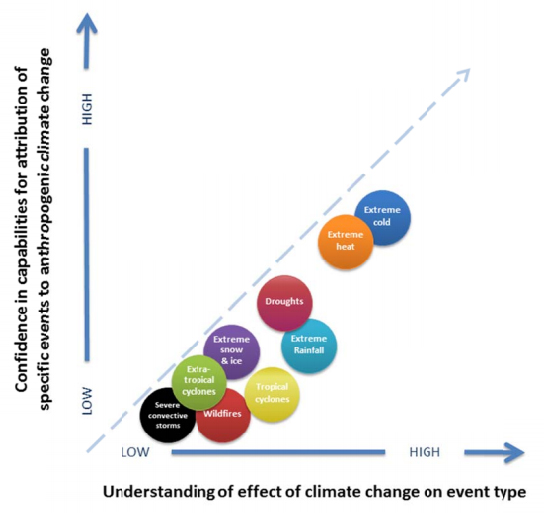
We can say very little (yet) about the climate change influence on tornadoes, because our models don’t yet have enough resolution to simulate them (like a digital camera with too few pixels to see someone’s face from far away), their relation to temperature is indirect, and not enough research has been done for us even to be sure how they should be changing. Other kinds of events – such as floods, droughts, and hurricanes – are somewhere in between.
Though attribution science is advancing quickly, it’s still new, and some scientists are uneasy about it. Some are concerned that it politicizes weather disasters by making them into climate change stories. I have been concerned, on the other hand, that stories focused on attribution in the wake of weather disasters can send misleadingly skeptical messages about climate change as a whole.
Climate science works best with patterns. Determining climate change’s role in a single event is usually more difficult than doing so in global statistics. It can be hard to be sure that exposure to small amounts of a chemical caused cancer in a single patient, even when studies of large populations prove that it is a carcinogen; similarly, we often can’t make strong attribution statements about an individual weather event, even when we have a lot of evidence that those kinds of events overall are influenced by climate change, or will be in the future. So media coverage of attribution studies sometimes ends up focusing more on what we don’t know than what we do. That can leave the impression that we know less than we really do, which is unhelpful in a political climate which already doesn’t take the real one seriously enough.
But attribution studies help to close the gap between the widespread notion of climate change as distant and the real need for us to act on it now. Real extreme weather events get people’s attention. Sometimes, some of that attention lands on broader issues around climate change that are overdue for it. When “Superstorm” Sandy struck, for example, it started a critically important public conversation about sea level rise and other climate change impacts on the New York metropolitan area.
Now, some of the most important aspects of this conversation don’t actually require us to say to what extent climate change influenced Sandy. (For the record, though, climate-related sea level rise increased the depth of the flood waters by about eight inches.) We should be planning for climate change based on our best projections of the future, and single events don’t change those – the fact that Sandy occurred doesn’t change the probability of the next one.
And even if the evidence doesn’t indicate a significant human influence on a particular recent event, our lived experience of that event can provide a needed vision of what changes may be coming in the future, and an indication of our vulnerability to those changes.
But it is natural to try to see climate change through the lens of individual weather events, and to ask straight up how they are related. Our ability to answer is improving quickly, allowing us to grasp more profoundly what is happening to our planet in real time.
Adam Sobel is a professor at Columbia University’s Lamont-Doherty Earth Observatory and School of Engineering and Applied Sciences, and Director of the Columbia Initiative on Extreme Weather and Climate. His book about Hurricane Sandy, Storm Surge, received the 2014 Atmospheric Science Librarians International Choice Award in the popular category and the 2016 Louis J. Battan Award from the American Meteorological Society.
